Divers-ity on the Yorkshire coast
Mark looks at which divers you might find on the coast this winter, how to tell them apart, and where to look for them....
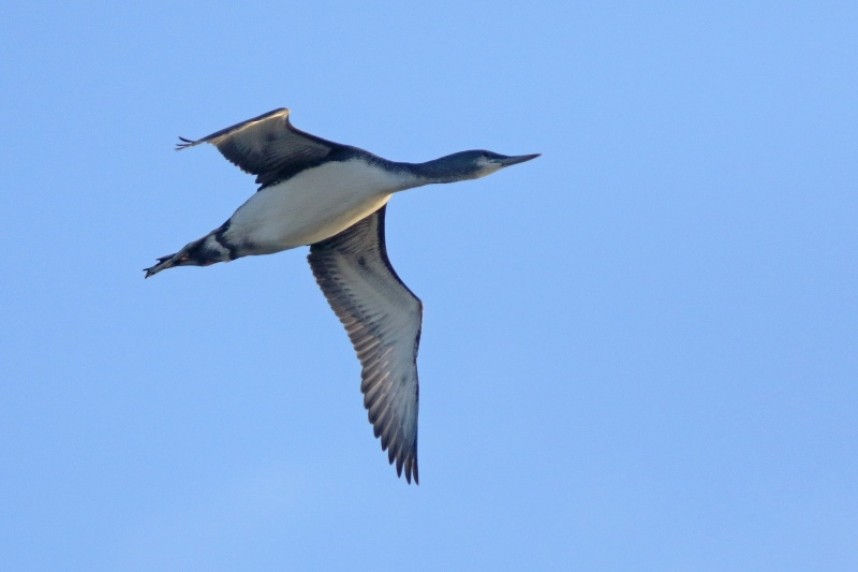
Red-throated Diver © Mark Pearson
As late autumn merges into early winter, the Yorkshire coast is a great place to catch up with lots of wintering or storm-blown seabirds. In and around our bays and harbours, you may well find divers, enjoying the shelter and food provided by our ideal mix of coastal habitats.
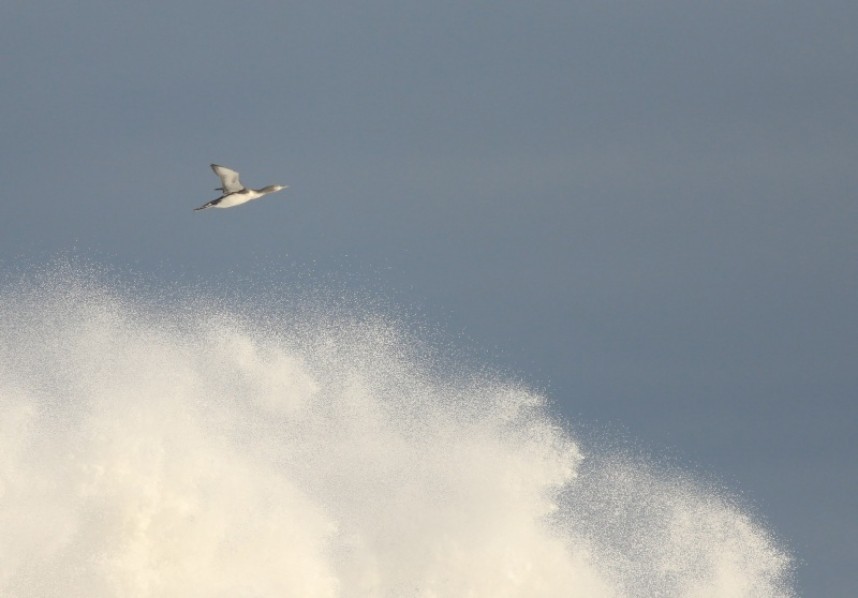
Red-throated Diver © Mark Pearson
As you might have guessed from their name, divers are masters of the underwater hunt, chasing fish or grabbing crustaceans from deep below the surface. A nice, sensibly descriptive name perhaps; but unarguably not as evocative or romantic as loons, their North American monicker, linked to their plaintive, otherwordly wails on moonlit nights, connecting them with lunar, lunacy and other heavenly derivations.
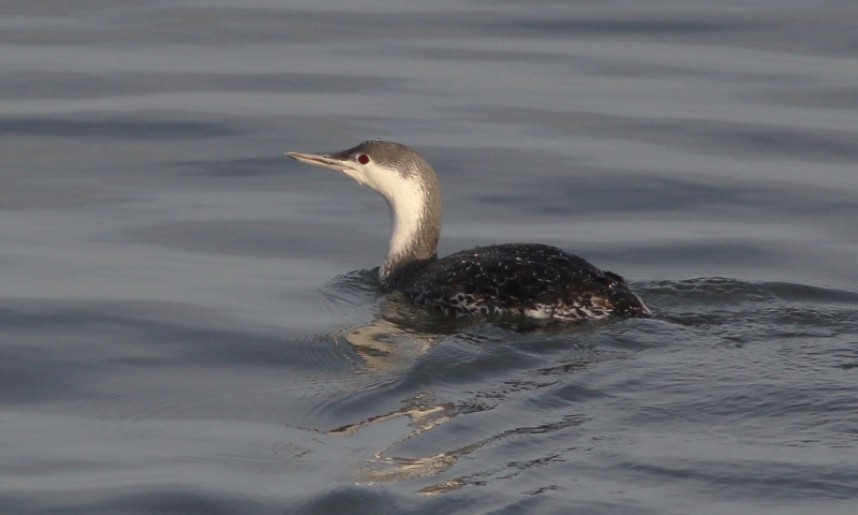
Red-throated Diver © Mark Pearson
There are three regularly-occurring diver species here on our coast (with a fourth if you were to get very lucky!), the commonest of which is Red-throated. Unfortunately you can pretty much forget about looking for a red throat, though - as with Black-throated (see below), our winter visitors are in more cryptic dress; but with good views and a bit of practice, they can all be told apart by checking a few key features.
Red-throated Divers are the smallest and slimmest, looking sleek and pale compared to their cousins. In winter and juvenile plumage they're darker above and paler below, like all divers, but on Red-throats, that darkness can appear, well, not very dark at all - their upperparts are a mid grey-brown and the head pattern is subtle, often with a plain-faced, beady-eyed expression.
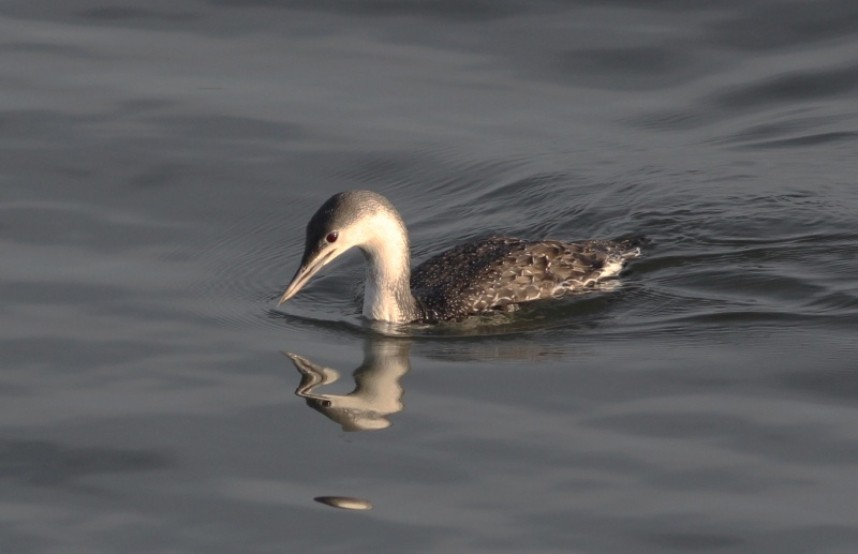
Red-throated Diver © Mark Pearson
They also have a proportionately small, thin, distinctly upturned bill, creating a 'looking-up' impression on both stationary and flying birds (a key feature to look for). Red-throats are regular along our coast throughout the season and you may see quite a few scattered offshore; they're also fond of coming closer, especially in poor conditions, and harbours and seafronts can be good places to look.
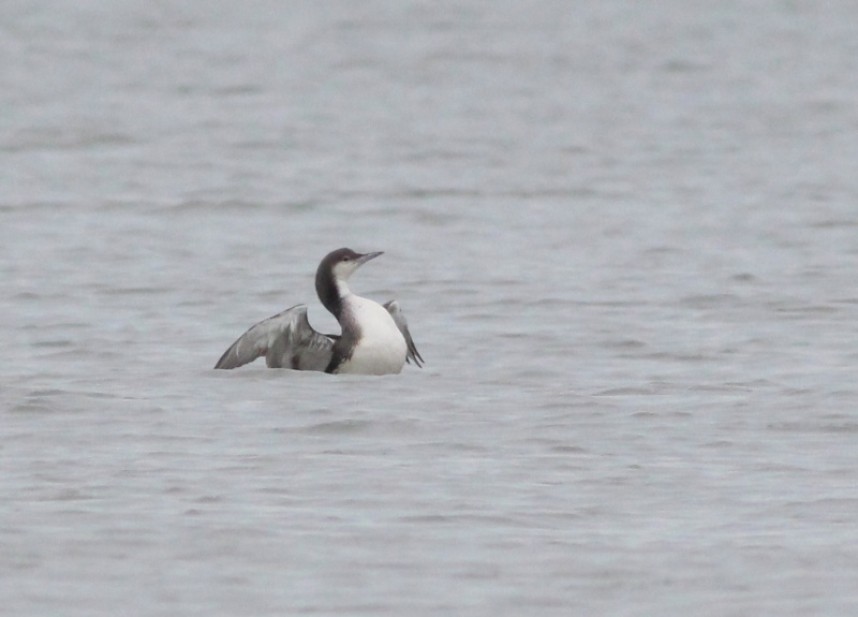
Black-throated Diver © Mark Pearson
Black-throated Divers are far scarcer - in fact, the rarest of the 'regular three' - and unless there's an individual which has taken up temporary residence locally, you'll be lucky to see this species. However, it's still a possibility, and worth checking for. Black-throats are more contrasting in their dark above, pale below plumage, with a more dark-capped or hooded appearance, parallel-sided, horizontally-held bill, and usually a white flash on the flanks, above the water line. In flight, too, they look more contrasting, the head and bill are held horizontally, and the protruding feet are more obvious.
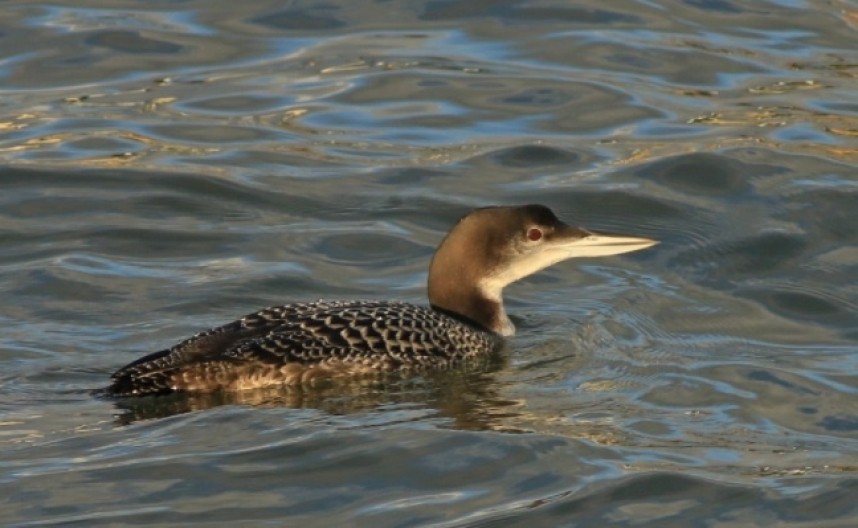
Great Northern Diver © Mark Pearson
The third diver species that occurs regularly here on the Yorkshire coast is Great Northern Diver. Appreciably bigger and bulkier than Black-throated and Red-throated, Great Northern is a hulk of a bird, with a large body, a thick, bull-neck and large, often quite angular head; with their large, dagger-shaped bill, they're a beautiful brute of a bird and usually quite distinctive. In flight, that large head and bill, overall large size, long, thick neck and also their appreciably larger feet protuding well beyond their back end are all evident.
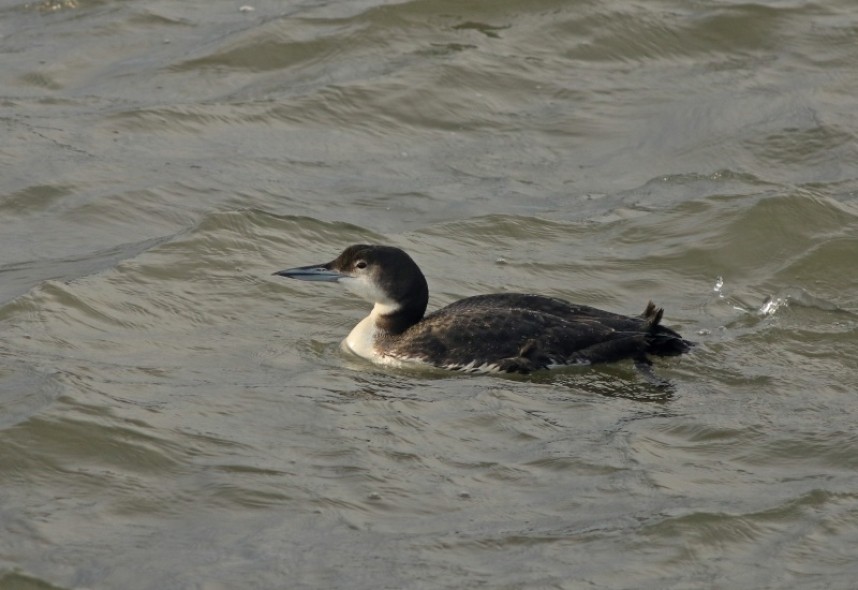
Great Northern Diver © Mark Pearson
Although they breed no nearer than Iceland, Great Northerns are an increasingly common sight along the Yorkshire coast in winter (albeit in small numbers) - once far scarcer, there are usually up to five wintering in Filey Bay in recent years, and it's a rare year when there aren't a couple of records from Scraborough harbour (where they sometimes hang around for days or even weeks). They're also a regular fly-by in late autumn especially, but again, in nowhere near the numbers of Red-throated.
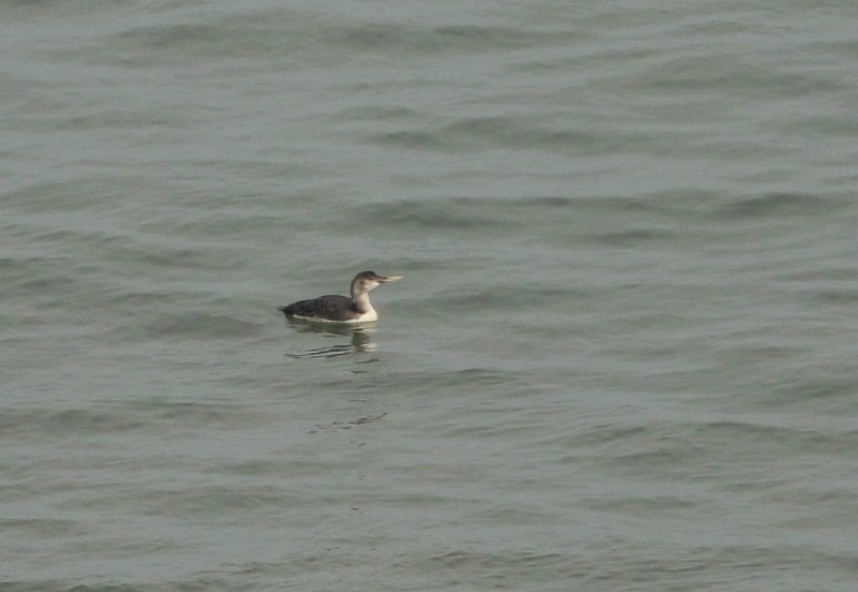
White-billed Diver © Mark Pearson
Last but not least, although included here just in case you get very lucky indeed, is White-billed Diver. A very rare, less-than-annual, usually brief visitor to the Yorkshire coast, I've been lucky to see several at Filey and Flamborough, including the bird below, off Filey North Cliff (when I was amazingly blessed with all four diver species in twenty minutes!); just a couple of weeks ago there was a bird which spent a week or so in Bridlington Bay and along the south side of Flamborough Head, so you never know....
They can be tricky to tell apart from Great Northerns, especially at distance (when the sometimes pale-looking bill of the latter species can provide a false alarm), but more accommodating, closer birds shouldn't pose too many problems - no wonder they're also known as 'banana bills'......
So where's best to look? Literally anywhere along the coast can and will provide diver sightings with a bit of effort, but in winter especially, sheltered bay and harbours are often favoured, particularly in poor weather. Scarborough harbour, Filey Bay and Bridlington Bay are all key hotspots, but underwatched locations like Cayton Bay, Scalby Mills and various other spots are absolutely worth checking.
To book Mark as your bespoke guide for here and other locations, please email or call us!
Mark Pearson
YCN Birding and Wildlife Guide



 Back to Blog
Back to Blog
